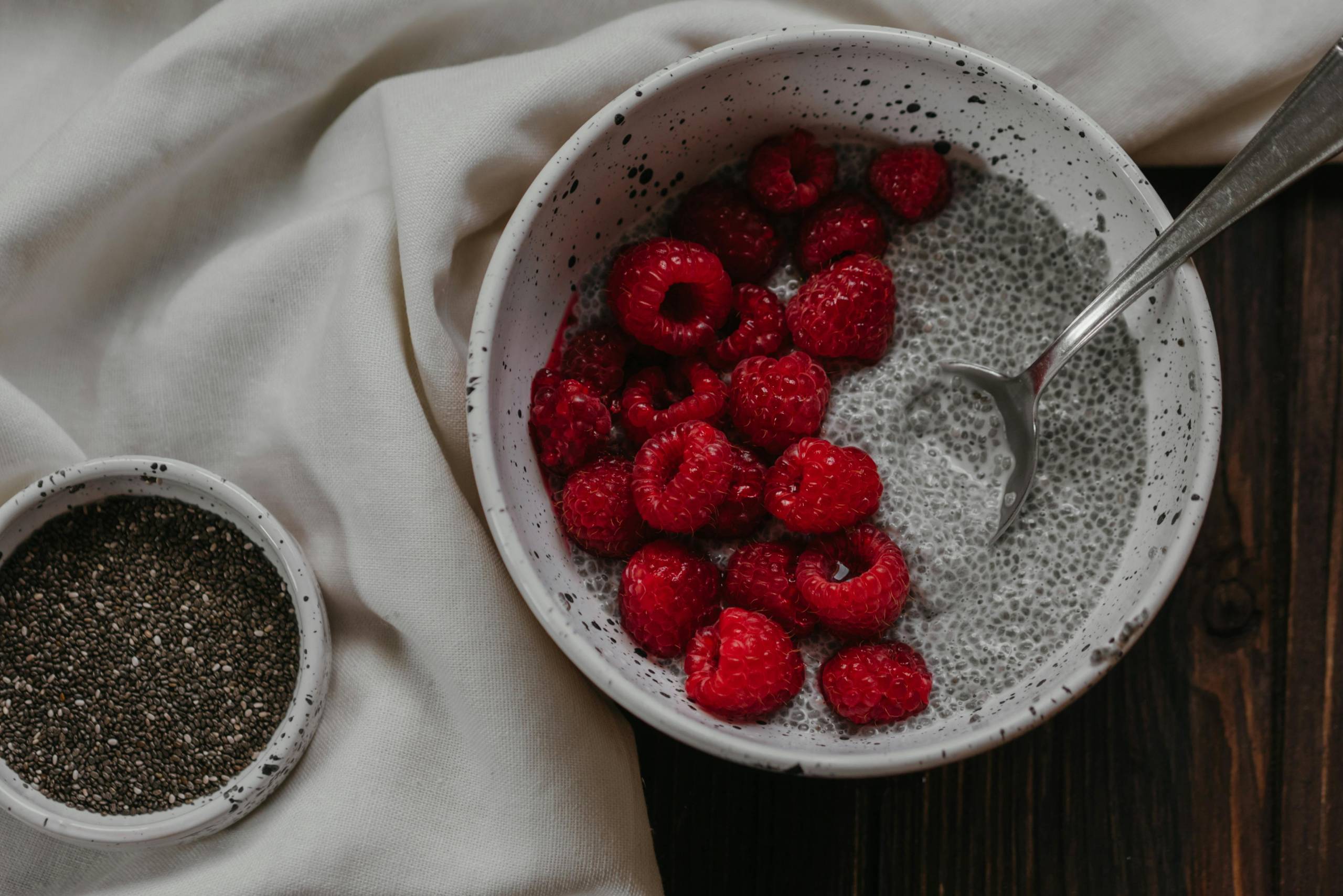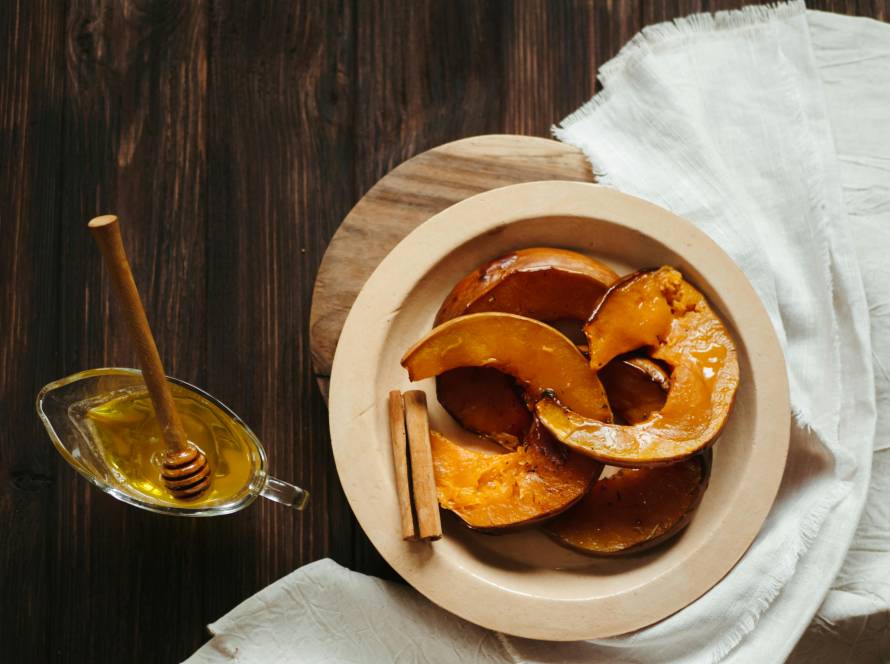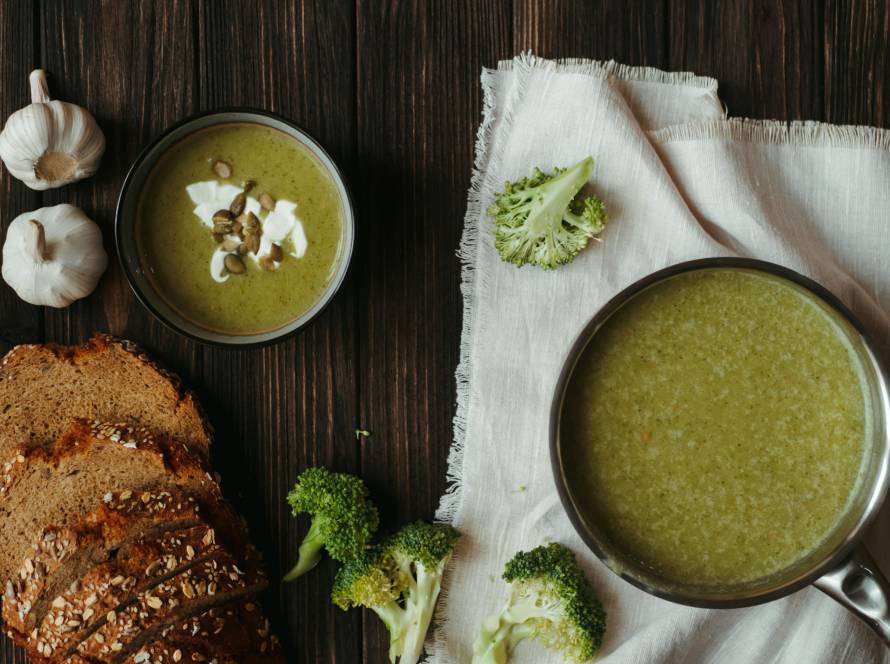Understanding Gluten Sensitivity and Intolerance
If you’ve recently adopted a gluten-free diet or are exploring gluten-free baking, understanding gluten sensitivity and intolerance is essential to your health and success in the kitchen. Whether you’re dealing with celiac disease, non-celiac gluten sensitivity, or supporting someone who is, knowing the basics can help you navigate your gluten-free journey with confidence.
What Is Gluten?
Gluten is a group of proteins found in wheat, barley, and rye. It gives bread and other baked goods their elasticity and chewy texture. However, for individuals with gluten-related disorders, consuming gluten can lead to a range of symptoms, from mild discomfort to severe health complications.
Types of Gluten Intolerance
Celiac Disease
Celiac disease is an autoimmune condition in which the body’s immune system attacks the small intestine in response to gluten. Even trace amounts can trigger a reaction. This condition requires a strict, lifelong gluten-free diet.
Non-Celiac Gluten Sensitivity
Individuals with non-celiac gluten sensitivity (NCGS) experience symptoms similar to celiac disease but without the immune response or intestinal damage. Symptoms can range from bloating and fatigue to headaches and joint pain. Unlike celiac disease, there’s no specific diagnostic test for NCGS, so diagnosis usually comes after ruling out other conditions.
Wheat Allergy
Wheat allergy is different from celiac disease and NCGS. It involves an allergic reaction to proteins in wheat, including but not limited to gluten. It can lead to symptoms such as skin rashes, hives, or even anaphylaxis in severe cases.
The Link Between Gluten Intolerance and Your Diet
Living with gluten intolerance means avoiding foods containing wheat, barley, rye, and sometimes oats (due to cross-contamination). This lifestyle change opens new doors for trying alternative grains and exploring gluten-free baking methods that are both healthy and satisfying.
Essential Tips for Gluten-Free Baking
Transitioning to gluten-free baking may seem challenging, but with a few essential tips, you’ll be whipping up delicious, celiac-friendly recipes in no time:
- Use gluten-free flour blends: A combination of rice flour, tapioca starch, and potato starch can mimic the texture of regular flour.
- Incorporate binders: Ingredients like xanthan gum or guar gum help provide structure and elasticity.
- Don’t overmix: Overmixing can make baked goods dense, especially with gluten-free batters.
- Let batters rest: Allowing the batter to sit for 15–30 minutes helps hydrate the flour and improve texture.
Common Symptoms of Gluten Sensitivity
Recognizing gluten sensitivity isn’t always straightforward. Symptoms are often subtle and may take hours or days to appear. Gluten Intolerance Symptoms include:
- Digestive issues like bloating, gas, or diarrhea
- Brain fog and difficulty concentrating
- Joint or muscle pain
- Headaches or migraines
- Skin issues such as rashes or eczema
If you suspect gluten intolerance, consult a healthcare professional before starting a gluten-free diet.
Hidden Sources of Gluten
Gluten can hide in unexpected places, even in products labeled as healthy. Here are a few hidden sources to watch out for:
- Soy sauce (use tamari instead)
- Processed meats and canned soups
- Salad dressings and sauces
- Oats (unless certified gluten-free)
Always read ingredient labels and look for certified gluten-free products when baking or cooking.
Gluten Sensitivity vs. Celiac Disease
Gluten sensitivity and celiac disease are both conditions triggered by the consumption of gluten, a protein found in wheat, barley, and rye. While they share some symptoms, such as bloating, abdominal pain, and fatigue, they differ significantly in their causes, severity, and long-term effects.
- Celiac Disease is an autoimmune disorder where gluten causes immune system damage to the small intestine lining.
- Gluten Sensitivity (or Non-Celiac Gluten Sensitivity) does not cause intestinal damage or trigger an autoimmune response.
- Celiac disease requires a strict, lifelong gluten-free diet to prevent complications.
- Gluten sensitivity may allow for more flexibility in diet depending on symptom severity.
- Diagnosis of celiac disease involves blood tests and intestinal biopsy; gluten sensitivity is diagnosed by ruling out celiac and wheat allergy.
- Long-term complications of celiac disease include malnutrition, osteoporosis, and infertility; gluten sensitivity typically does not lead to long-term damage.
Wheat-Free Baking Alternatives to Try
Nut and Seed Flours
Almond flour and sunflower seed flour are packed with nutrients and provide richness to baked goods. These options work well in cookies, muffins, and paleo-friendly recipes.
Legume Flours
Chickpea and lentil flours are high in protein and fiber. They pair well with savory gluten-free cooking, such as flatbreads or veggie patties.
Ancient Grains
Quinoa, buckwheat, teff, and millet are naturally gluten-free and offer a wholesome flavor profile. Use them whole or milled into flour for diverse uses in baking.
Gluten-Free Cooking Inspiration
Need ideas to keep your gluten-free meals exciting? Consider these delicious recipe categories:
- Hearty rice and quinoa bowls
- Vegetable-packed stir fries with gluten-free soy alternatives
- Cauliflower or chickpea crust pizzas
- Gluten-free pastas made from lentils or brown rice
Managing Gluten Sensitivity
Managing gluten sensitivity requires awareness, commitment, and lifestyle adjustments to avoid symptoms and maintain overall well-being. While it’s not the same as celiac disease, individuals with gluten sensitivity often experience digestive issues, fatigue, and brain fog when consuming gluten. Fortunately, managing the condition is achievable with the right approach and ongoing vigilance.
1. Follow a Strict Gluten-Free Diet
- Eliminate all foods containing wheat, barley, and rye.
- Carefully read food labels for hidden gluten ingredients.
- Use certified gluten-free products whenever possible.
2. Plan Meals and Eat Mindfully
- Prepare meals at home to control ingredients.
- Avoid cross-contamination in your kitchen and when dining out.
3. Shop Smart
- Choose whole foods like fruits, vegetables, lean proteins, and gluten-free grains (e.g., quinoa, rice).
- Beware of sauces, dressings, and processed foods that may contain gluten.
4. Navigate Social Situations
- Inform hosts or restaurants about your dietary needs in advance.
- Bring safe snacks or meals to gatherings if unsure about options.
5. Consult Healthcare Professionals
- Work with a dietitian to ensure balanced nutrition.
- Discuss ongoing symptoms or concerns with your doctor.
Is a Gluten-Free Diet Right for You?
Before you adopt a gluten-free diet, it’s important to consult a medical professional. Some people benefit significantly from gluten elimination, while others may not need to avoid it completely. A proper diagnosis is the best first step toward improving your health with food.
Trusted Resources for More Info
To learn more about gluten sensitivity, recipes, and living a healthy gluten-free lifestyle, visit the Gluten Intolerance Group, a leading source of education and support.
Conclusion: Flourish in Your Gluten-Free Lifestyle
Understanding gluten sensitivity and intolerance is key to creating safe, delicious meals for yourself and your loved ones. Armed with knowledge and a pantry full of the right ingredients, you can enjoy flavorful gluten-free baking and cooking without missing a thing. Keep experimenting, stay curious, and savor every bite—it’s a journey worth taking.



